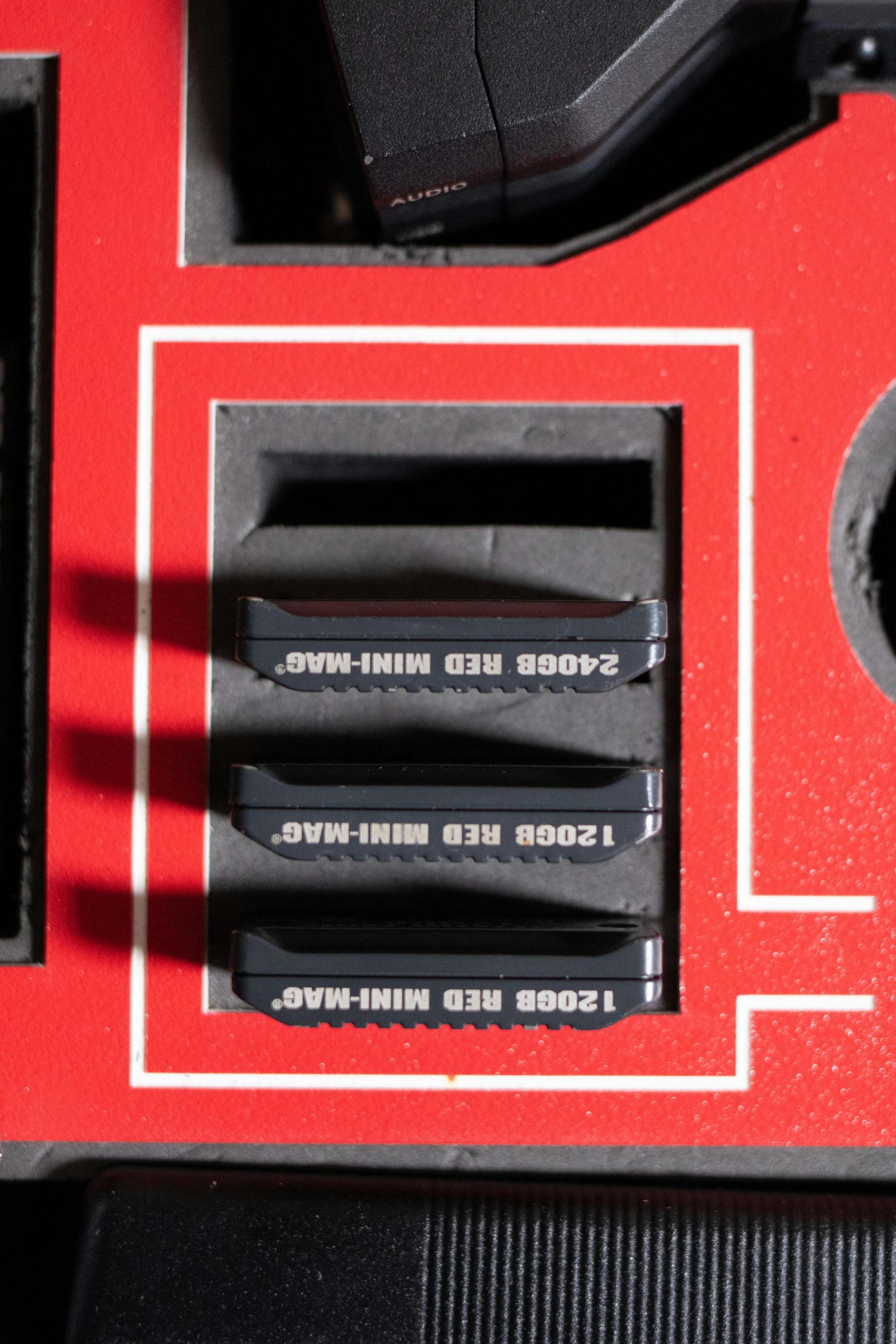Troubleshooting SSD Cloning Failures: Resolving Error 8 and Recognizability Issues in Windows
Upgrading an aging laptop with a new SSD can significantly enhance performance and longevity. However, the process of cloning your existing hard drive (HDD) onto a solid-state drive (SSD) sometimes encounters unexpected errors that can complicate the upgrade. Recently, a user faced such a challenge when attempting to clone their HDD to a Samsung 870 Evo SSD using Macrium Reflect, resulting in an “Error 8” and the disappearance of the SSD from the system. This article aims to guide users through understanding and resolving similar issues to ensure a smooth transition to modern storage solutions.
Overview of the Problem
The user’s goal was to clone their existing HDD to a new Samsung 870 Evo SSD to improve system speed, as their current HDD was degraded and sluggish. During the cloning process using Macrium Reflect, an “Error 8” occurred, afterward rendering the SSD unrecognizable — it no longer appears in Disk Management, Device Manager, or the Samsung Magician software.
Common Causes of Cloning Errors and Post-Clone Recognition Issues
-
Cloning Process Interruptions: Errors during cloning can leave the SSD in an inconsistent state, especially if the process is interrupted or encounters hardware conflicts.
-
Drive Locking or Encryption: If the source disk uses encryption (like BitLocker), or if certain disk attributes are configured to be read-only or locked, cloning may fail or the drive may become inaccessible afterward.
-
Hardware Detection Problems: Compatibility issues, faulty cables, or motherboard/BIOS settings may prevent the new SSD from being detected correctly after a failed clone.
-
Partition and Filesystem Corruption: Existing issues on the source HDD can propagate or cause failures during cloning, especially if sectors are bad.
Step-by-Step Troubleshooting and Resolution
1. Verify Physical Connections and BIOS Settings
– Ensure the SSD is properly connected via a reliable SATA cable.
– Check BIOS/UEFI settings to confirm that the drive is detected at the hardware level.
– Reset BIOS to default or update BIOS firmware if necessary.
2. Assess Disk Status in Windows
– Open Disk Management (diskmgmt.msc) to see if the drive appears.
– If the drive is uninitialized or missing, proceed to initialize it.
3. Use Diskpart for Deeper Inspection
– Launch
Share this content:



